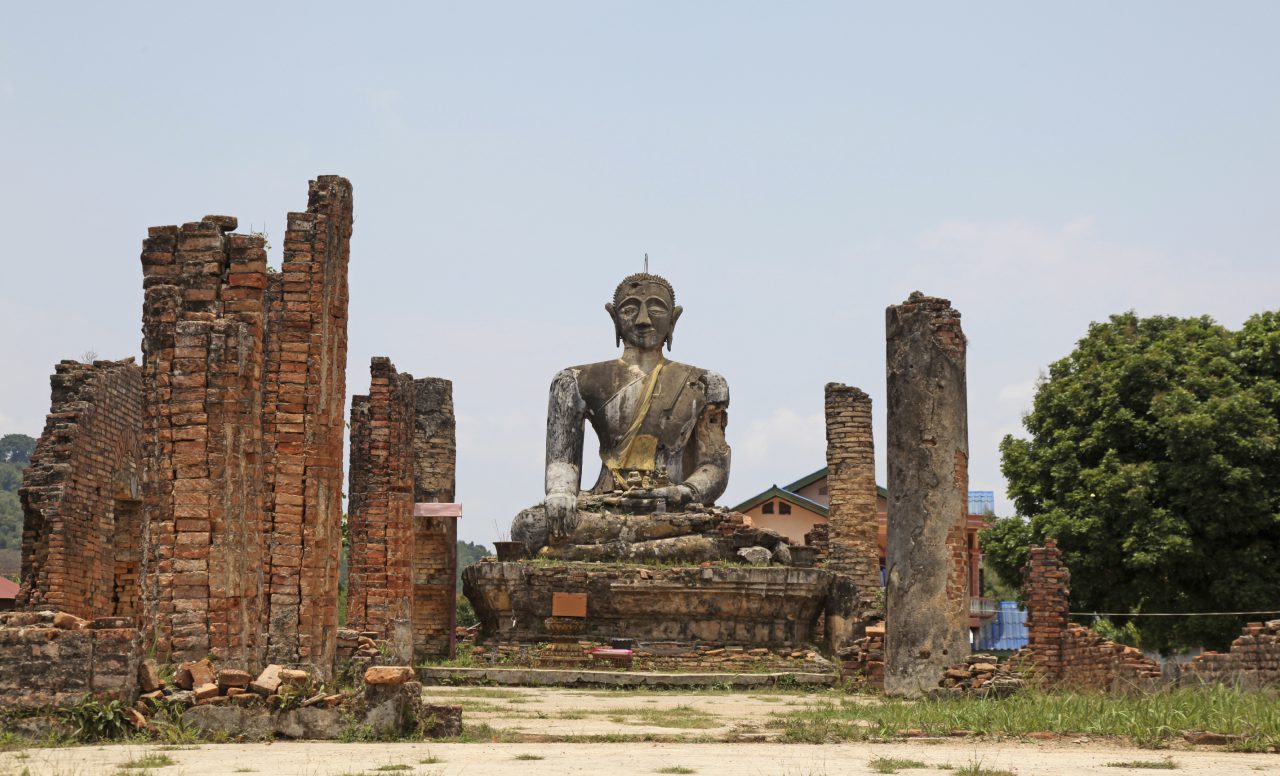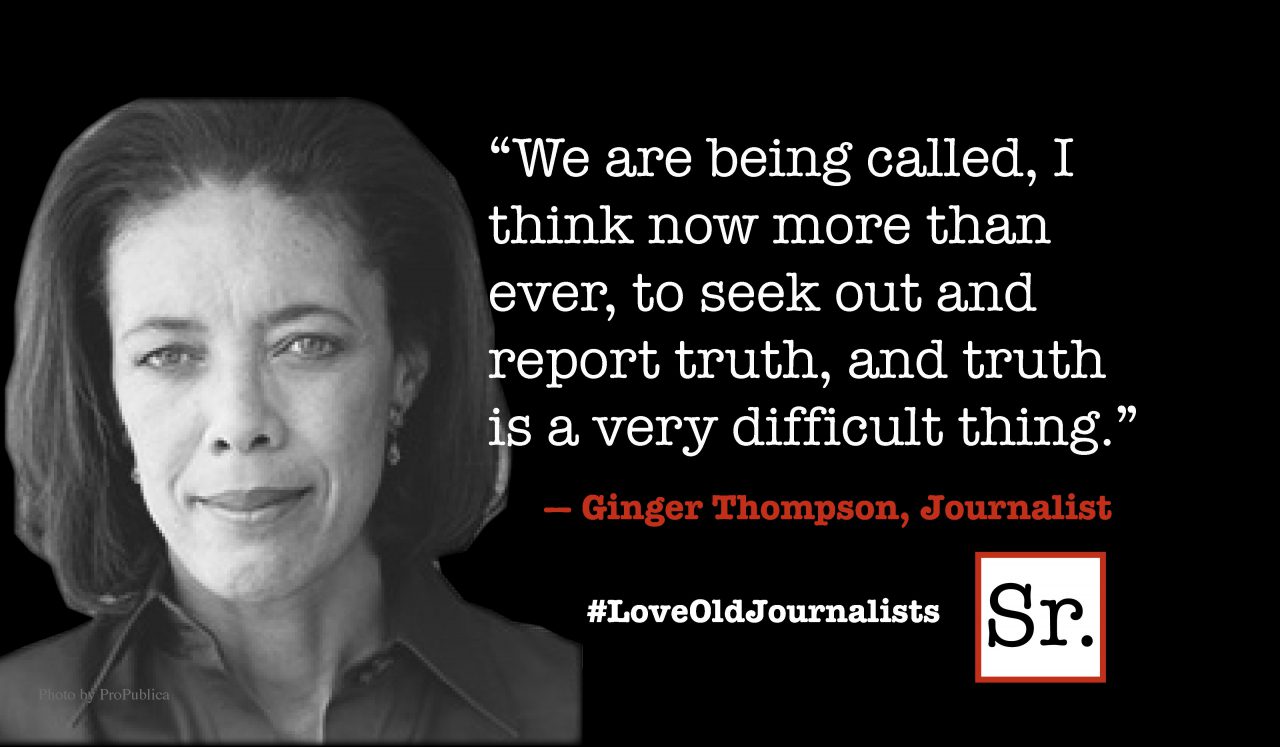"You shall not make unto yourself any graven image, or any likeness of any thing that is in heaven above, or that is in the earth beneath, or that is in the water under the earth (Exodus 20:4).
I have always been grateful for this second of the Ten Commandments. It offers me some much-needed hope. When I stand on the final day before that awful judge and He starts running through the list of undeniable indictments — sassing my mother, brawling with my brother, coveting my neighbor’s ass (multiple counts), and others worse — I will not be left entirely without an answer. Though I have been a miserable sinner sure enough, I have never made a graven image. Not one.
To be truthful, this rare virtuous abstention has more to do with my artistic liabilities than with any principle of moral theology. When I think of the nasty guys of history, I am much more likely to bring to mind such conventional villains as Vlad the Impaler or Felix Dzerzhinsky than Praxiteles or Michaelangelo.
The first time I paid much attention to the Taliban, at a time when the term was still new to me, was when some zealots in Afghanistan blew up two ancient sculpted Buddhas of colossal proportion in the boondocks of the Bamyan Valley in 2001. I could scarcely believe it. But since then, I have almost become accustomed to this kind of thing — almost.
This past week many of us were sickened to see reports, accompanied by photos or videos, of the purposeful destruction of ancient statuary in an archaeological museum taken over by ISIS militants. Important members of our government still seem reluctant to concede a religious motive to ISIS — the vassals of the caliph, in their view, simply want to be “extreme.” But it is difficult to identify anything coherent except religious motivation here. In fact, religious iconoclasm has been a serious theme in all three of the big religions coming out of the Middle East: Judaism, Christianity, Islam.
The Hebrew scriptures are full of it. Take, for example, King Asa of Judah in 1 Kings who “did what was right in the sight of the Lord … and got rid of all the idols his ancestors had made." This righteous monarch “even deprived his own grandmother, Maacah, of her rank as queen mother because she had an obscene object made for the worship of Asherah. Asa cut it down and burned it in the gorge of the Kidron.”
One way of avoiding idolatrous images is to forego images altogether. Jewish temples both in history and the contemporary world are practically void of pictorial images of living beings. As for the Christians, the history of their pious vandalism is breathtaking. Happily, serious Christian iconoclasm seems to appear on the scene only every eight centuries. It is fortunate for the history of medieval Christian art that the views of the Byzantine Emperor Leo III, who conducted a great war against images in the first half of the eighth century, did not at that time long prevail.
But they showed up again with a vengeance in the 16th century Reformation. Protestant zealots in Britain, the Low Countries and elsewhere set out to demonstrate the purity of their religion amid mountains of shattered stained glass, the rubble of smashed statues and the ashes of incinerated paintings, decorations and miscellaneous rags of popery.
John Lathrop Motley's "Rise of the Dutch Republic," a classic of 19th-century American historiography and still a great read, is on the whole an exhilarating chapter in the chronicle of human freedom. Yet the heroic historian is practically in tears as he describes the trashing of the churches of Bruges in 1578: “The riot was so furious that it seemed, says a chronicler, as if the inhabitants had gone raving mad.”
Most of us like to think that we are no longer living in the mental world of the 16th century. We can hope that by the time the 24th century dawns, yet cooler heads will prevail. But who knows? We have pretty much soured on George Bush’s war in Iraq, but I remember vividly the enthusiasm with which the nation greeted an episode from the earliest days of the collapse of the Iraqi defenses in Baghdad. There was, in a public square, an undistinguished cast metal statue of Saddam. Angry people attacked this monument and pulled it down. The tape recording this event was played over and over again on American television, often with triumphalist news commentary.
What exactly were Americans cheering? It cannot have been an endorsement of second commandment fundamentalism. Even for the overwhelmingly Muslim Iraqi mob, for whom a Koranic sanction might have afforded an augmented satisfaction in the act, the toppling of the statue must have been primarily an act of political symbolism (the destruction of Saddam Hussein and his regime) rather than of religious enthusiasm (the destruction of an image).
But of course, it is entirely around the relationship between the image and the thing represented by the image that the ecumenical history of iconoclasm turns. Christian theologians pretty well resolved the question eventually by agreeing on a distinction between two ancient terms for reverence or worship — latria and dulia. Latria is the worship due to God alone. Dulia is a kind of secondary or contingent reverence properly directed toward the saints or sanctified things, including man-made images of them. The special veneration of the Virgin Mary sometimes needed the special term hyperdulia — try to imagine the art of the European Renaissance without the Madonna.
The words icon and idol, which came into the Latin church vocabulary from the Greek, were once synonyms meaning a picture or an image. Idol very soon took on the connotation of a particularly forbidden image and, thus, became lost to neutral usage. Iconoclasm means breaking up pictures. Idolatry means offering latria to an image (idol). That iconoclasm should become the redress for idolatry was perhaps inevitable, but its results have been, indeed continue to be, most unfortunate.









